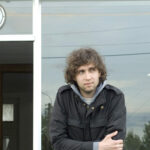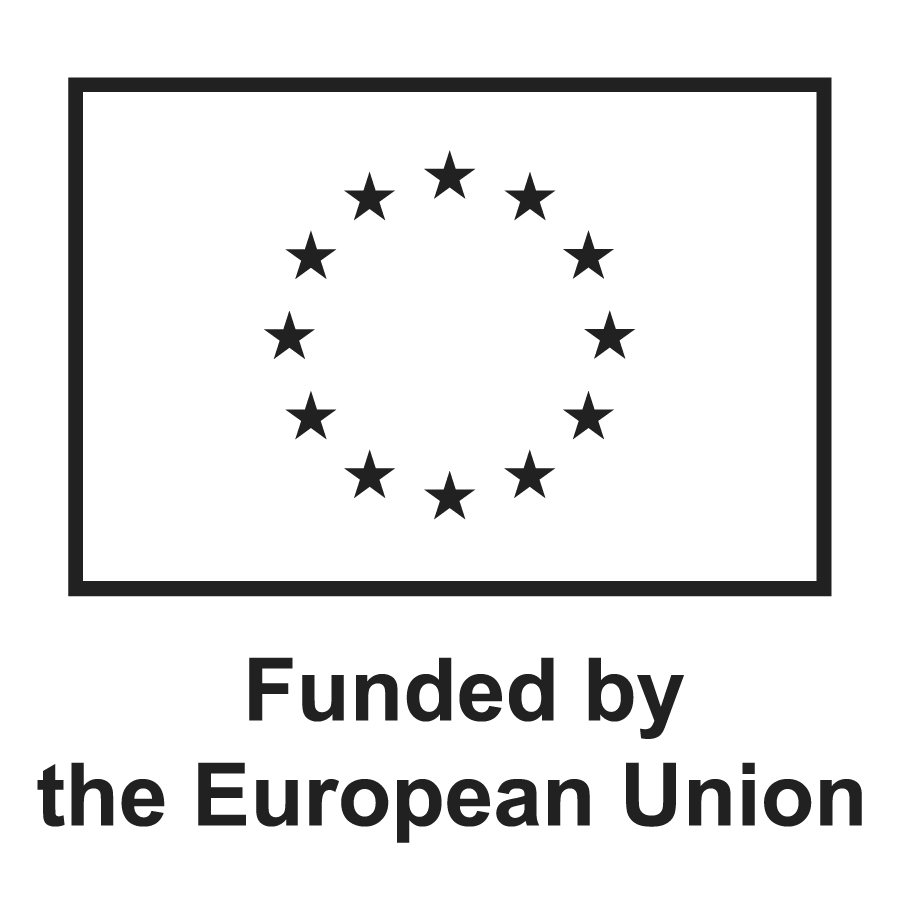

How does a sound disappear?
It can stop « dead » and produce an « absence ».
It can recede like the sea, almost imperceptibly.
Or, its timbre crumbles, frequency after frequency.
Does it leave space for silence?
Or what is it replaced by?
Another sound can take its place.
Or another sound can mask it (notion of critical band). It’s still here, but we no longer hear it.
Or it transmutes until it becomes something else: pitch morph into a rhythm.
Or maybe it’s still audible, one can still hear it, but we’ve forgotten it.
Or, on the contrary, a sound which is no longer audible may continue to resonate, as an afterglow
effect, like the comb fltering of a complex static sound. The sound has disappeared but there’s still a
trace, or an echo.
For how long has a sound been missing once we become aware of its disappearance? The present of
the ears is not immediate, it has a “thickness”.
There are thresholds.
Temporal thresholds: thickness of the present or end that never ends (like the tide).
Energy thresholds: a sound that’s no longer heard hasn’t necessarily disappeared but has reached the
limit of our perception.
Or, is it a sonic illusion ? Maybe the sound never existed. The low note of a piano is perceived even though its fundamental frequency doesn’t exist.

 Sebastian Dingens - WALKS
Sebastian Dingens - WALKS

 Pavel Tchikov 29/11/23
Pavel Tchikov 29/11/23

 Nika Son - Scatter
Nika Son - Scatter


